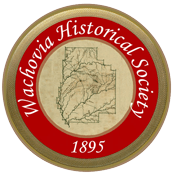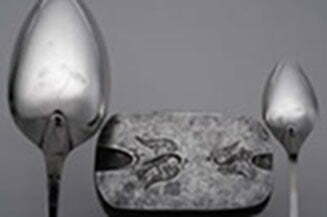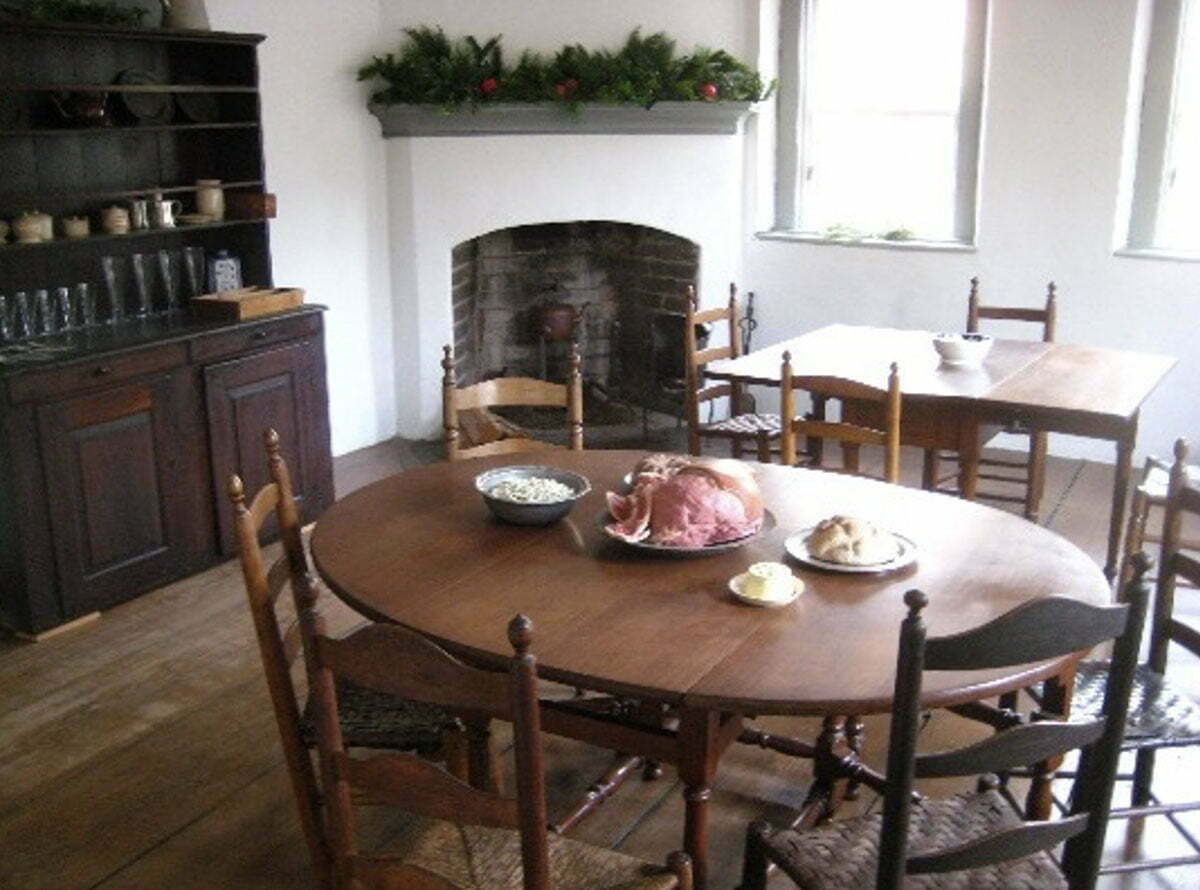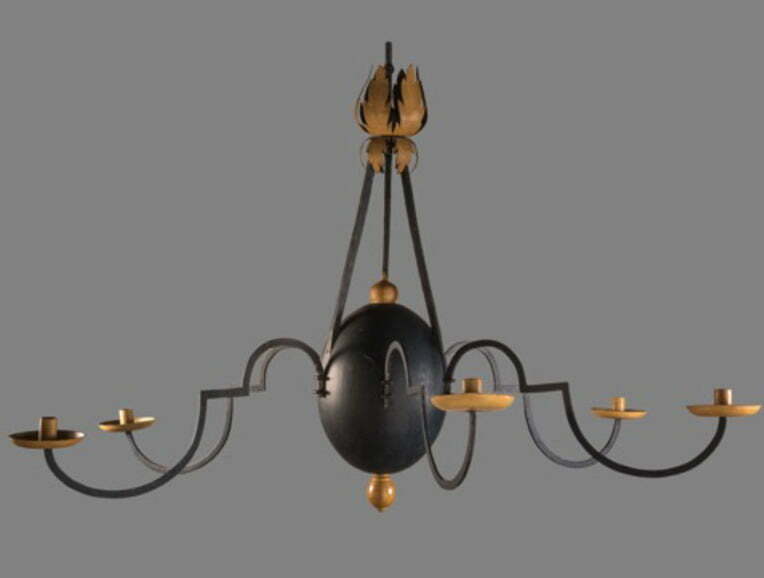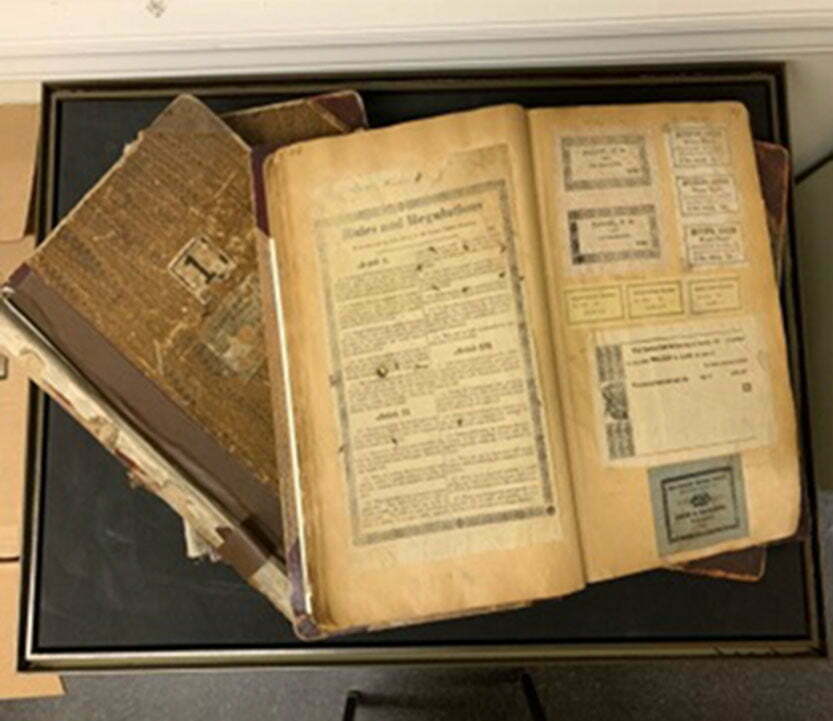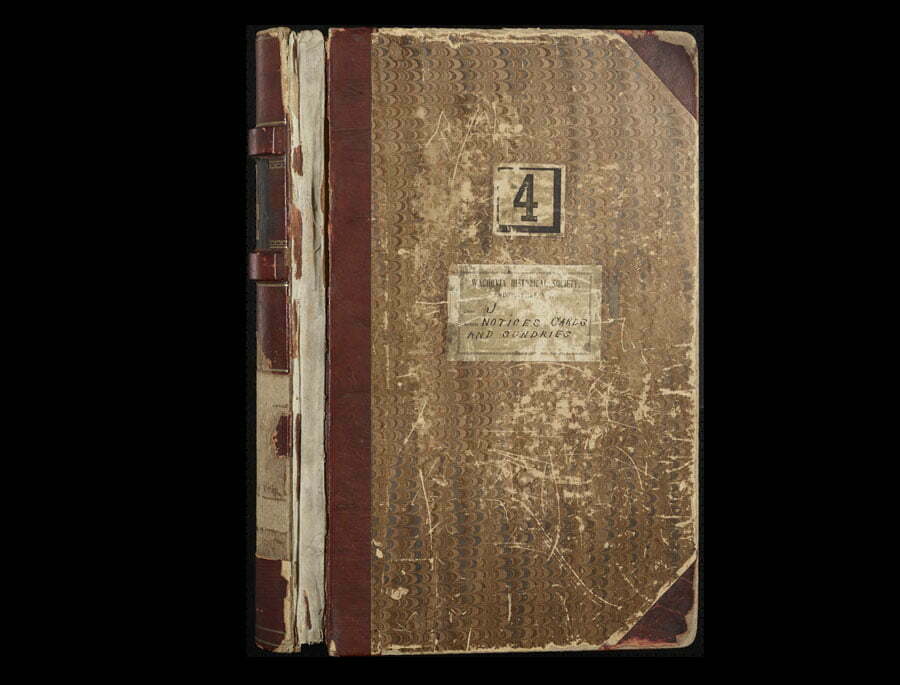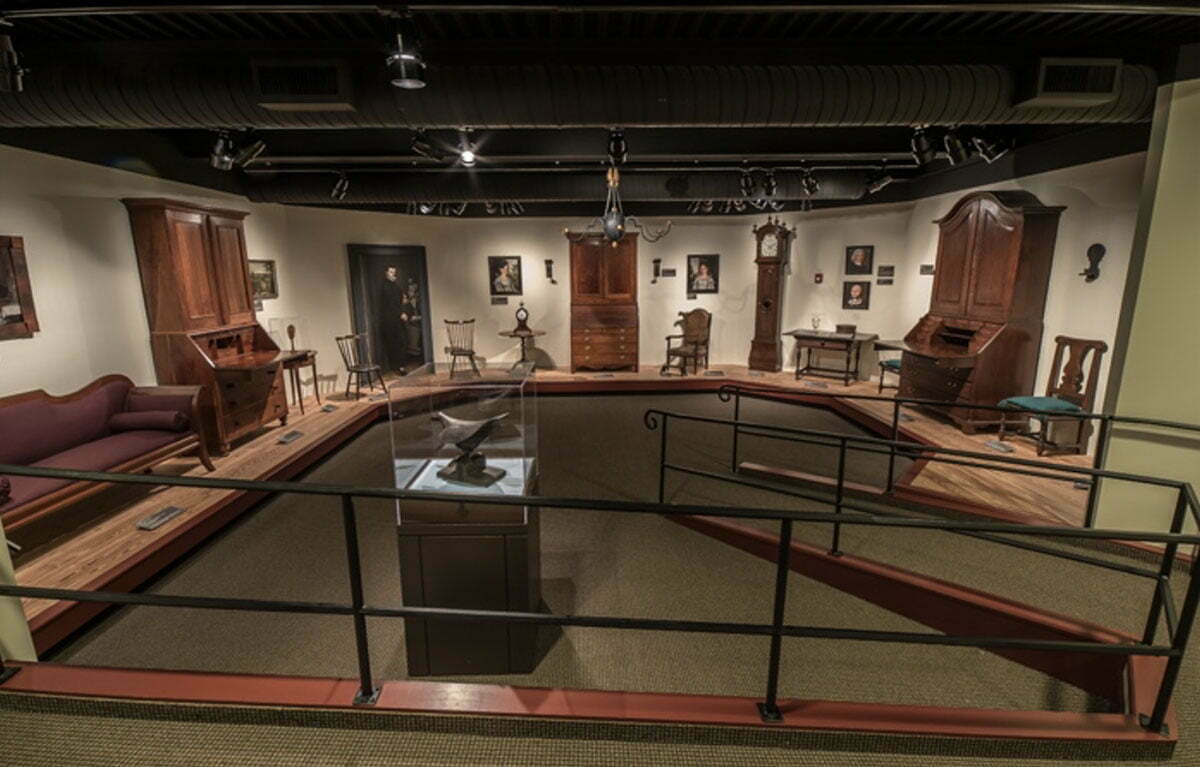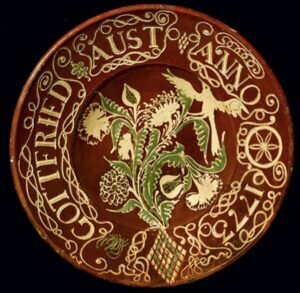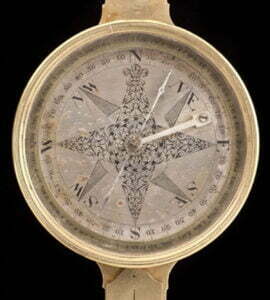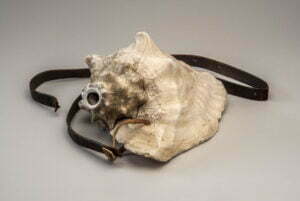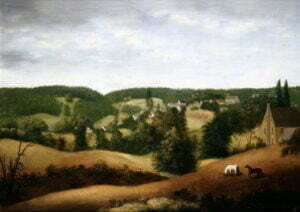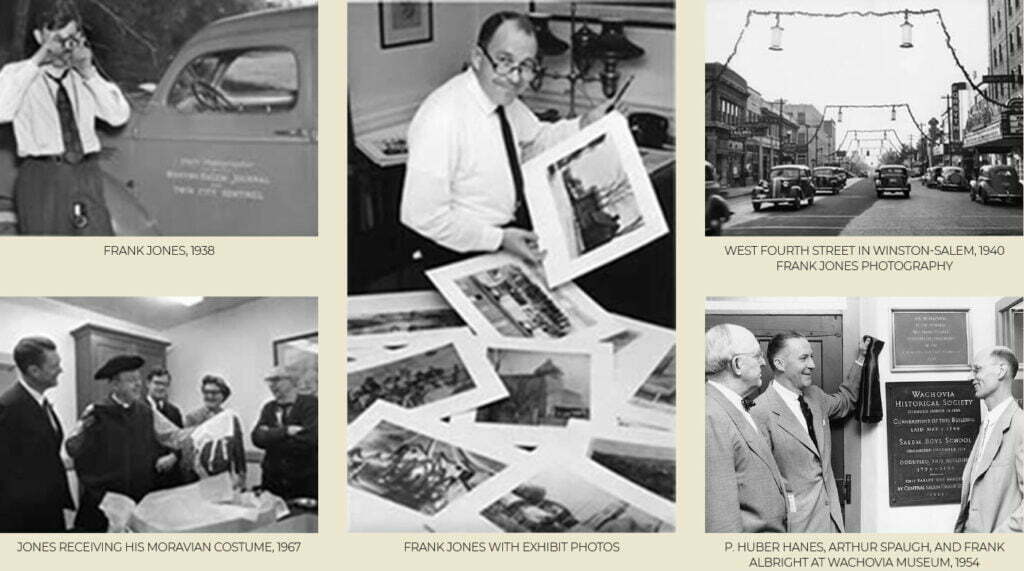The Wachovia Historical Society is a repository for many artifacts and collections that reflect the history of Forsyth County and the Wachovia Tract. Some of the artifacts have belonged to the society from the time of its formation, and others were donated by individuals over the years. Many are held by and used by Old Salem Museums & Gardens. We will feature many of these artifacts and collections, with their histories, on this website.
The Wachovia Historical Society (WHS) owes a debt of gratitude to the Single Brothers of the Moravian community of Salem, North Carolina, who began collecting objects which held special significance for them and storing them in a cupboard or schrank in the Single Brothers’ House in the eighteenth century.
The Young Men’s Missionary Society (YMMS), formed in 1840, continued this tradition with objects from the Moravian mission fields and started the first museum in Salem in 1844. By 1894, there was enough interest in the growing collection to form the Wachovia Historical Society, which was organized officially in 1895.
In 1952, shortly after Old Salem, Inc. was chartered, the Wachovia Historical Society agreed to place its collection on loan to Old Salem since Old Salem has greater capacity for preserving, administering, storing, and exhibiting the important objects collected by the Society. Since 1952 Old Salem has been the agency actively collecting and exhibiting decorative arts appropriate to the historic houses and shops that make up Old Salem Museums & Gardens. These two collections together form what is the most comprehensive collection of southern Moravian decorative arts in America.
The Wachovia Historical Society collection also includes notable examples of furniture, textiles, metals, ceramics, paintings, and ephemera, all of which document the lives of Moravians living in Wachovia in the eighteenth and nineteenth centuries.
Some objects in the Wachovia Historical Society collections, such as the extraordinary earthenware shop sign made by master potter Gottfried Aust in 1773, are icons of American decorative art and are known to scholars and collectors internationally. Others, such as furniture made using traditional Germanic construction techniques, or paintings depicting Moravian communities and people, speak specifically to the Moravians’ heritage and their lives once they settled in North Carolina. When studied and exhibited in their original context — the communities settled by the Moravians in North Carolina in the eighteenth and nineteenth centuries — these objects tell a remarkable story of the faithfulness, ingenuity, industry, and adaptability of one important group of American settlers in the North Carolina backcountry.
In addition to the decorative arts and ephemeral collections owned by the WHS and administered by Old Salem Museums & Gardens, a significant number of cultural artifacts collected by Moravian missionaries working with Native Americans and other indigenous peoples in the mission fields were given to the WHS over the years. The WHS generously donated this collection to the Lam Museum of Anthropology at Wake Forest University.
Another significant sub-collection owned by the Society, the Frank Jones Photograph Collection, was placed on loan to the Forsyth County Public Library in 1983.
For additional information about any of the objects in the Wachovia Historical Society collections, please contact Johanna Brown, Curator of Moravian Decorative Arts, Old Salem Museums & Gardens, jbrown@oldsalem.org.
